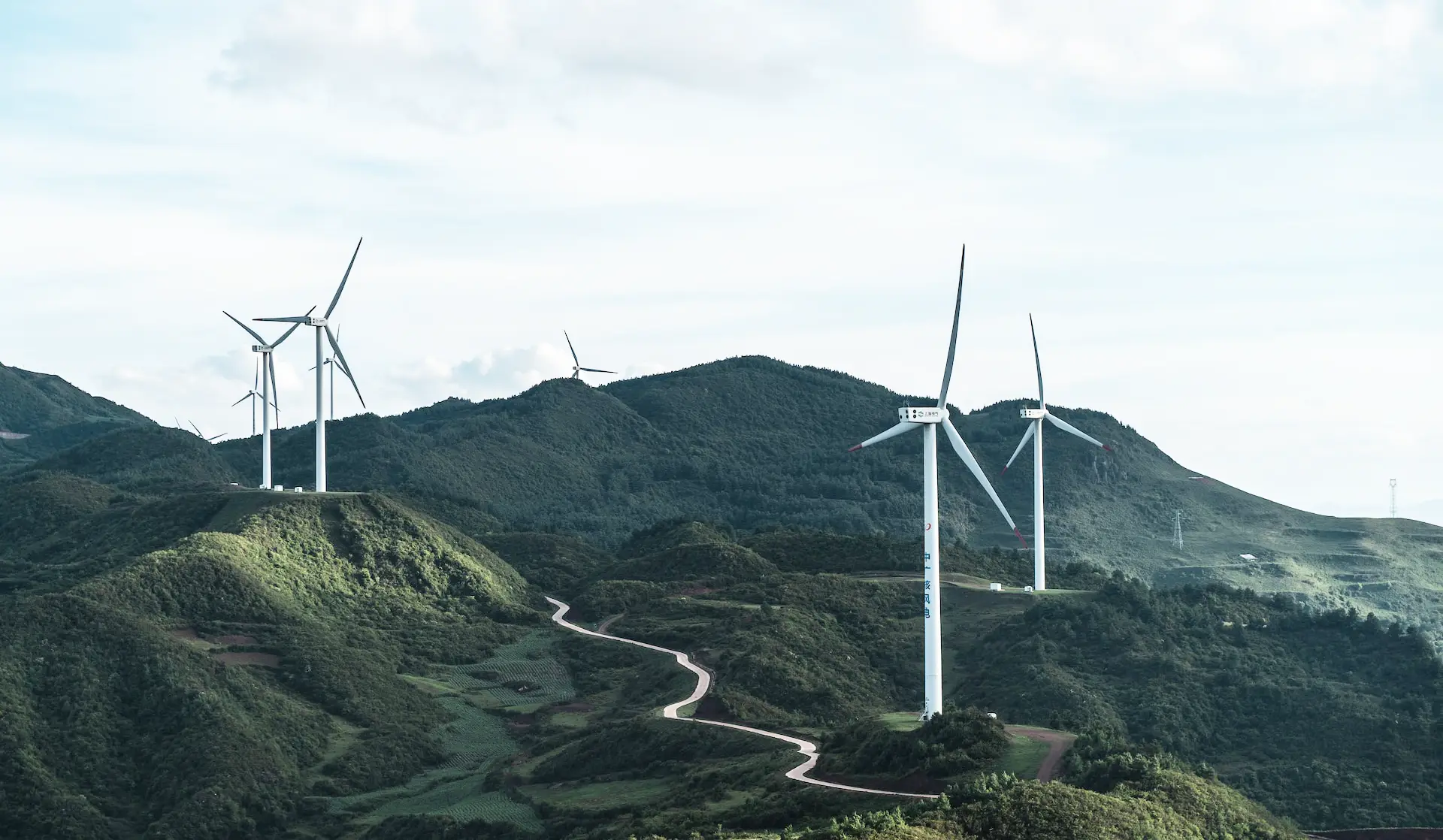This comprehensive analysis, delving into the intricate relationship between onshore wind energy projects in Greece and the NATURA 2000 protected areas, forms the foundation of a detailed research paper. For those interested in a deeper understanding of the challenges, successes, and the delicate balance between clean energy endeavors and ecological preservation, the full research paper is available upon request. Feel free to reach out for access to the complete study, providing insights into the sustainable development landscape of Greece.
Nestled amidst the enchanting landscapes of Greece, where the winds whisper across mountains, islands, and coastal regions, onshore wind energy projects have emerged as a beacon of sustainable development.
This comprehensive analysis embarks on a journey to unravel the intricate relationship between Greece’s onshore wind potential and the ecological sanctuaries designated as NATURA 2000 protected areas.
Against the backdrop of a nation committed to reducing carbon emissions, the exploration navigates the terrain where environmental conservation converges with the imperative of advancing clean energy solutions. Join us in this odyssey as we delve into the challenges, triumphs, and the nuanced interplay between onshore wind energy projects and the preservation of Greece’s unique biodiversity within the embrace of NATURA 2000.
I. The Wind Energy Potential in Greece
Greece’s topography, characterized by mountains, islands, and coastal regions, creates favorable conditions for harnessing wind energy. The commitment to reducing carbon emissions positions onshore wind projects as a pivotal component of Greece’s energy transition.
II. NATURA 2000: Preserving Biodiversity and Ecosystems
NATURA 2000, a network of protected areas within the EU, plays a crucial role in safeguarding Europe’s most valuable and threatened species and habitats. In Greece, these areas are essential for preserving the unique biodiversity and ecosystems.
III. Striking a Balance
The coexistence of onshore wind energy projects and NATURA 2000 areas requires a delicate balance between energy needs and environmental protection. Greece has been actively developing guidelines and regulations to ensure that wind energy projects are implemented responsibly and sustainably within these protected zones.
IV. Case Studies: Successful Integration
Explore specific examples of onshore wind projects in Greece that have successfully navigated the challenges posed by NATURA 2000 areas. Highlight innovative technologies and strategies employed to minimize environmental impact while maximizing clean energy production.
V. Community Engagement and Stakeholder Collaboration
Effective communication and collaboration with local communities, environmental organizations, and stakeholders are paramount in achieving a harmonious integration of onshore wind energy projects and protected areas. Discuss initiatives and practices fostering positive relationships and garnering community support.
VI. Future Prospects and Lessons Learned
Examine the potential for further expansion of onshore wind energy in Greece while respecting the principles of environmental conservation. Reflect on lessons learned from past projects and propose recommendations for future developments that prioritize both energy sustainability and ecological integrity.








